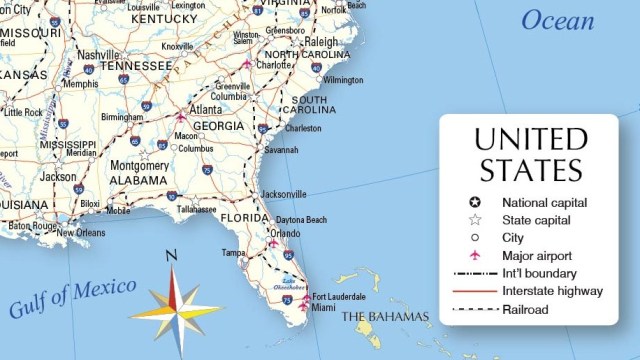
The top-line trends are widely known, visible in political campaigns, video programming and store shelves: People of Hispanic heritage are growing in total number and as a share of the U.S. population.
By The Herald – Juan Carlos Chávez
Sep 25, 2021
This decades-old progression is affirmed again in a much-anticipated annual survey from the Pew Research Center that coincides with the federally designated National Hispanic Heritage Month, Sept. 15-Oct. 15. This year, the survey is bolstered by analysis of comprehensive data from the 2020 Census.
The bigger numbers – nearly one in five people in the United States are Hispanic, Hispanics accounted for more than half of U.S. population growth in the past 10 years – add urgency to the smaller ones in helping Florida and the U.S. understand its identity and serve a changing population.
Oscar Huerta, 46, a husband and father who moved from Venezuela to Tampa five years ago, represents one of the more remarkable trends.
From 2010 to 2019, the Venezuelan population in the U.S. increased 126 percent to 540,000, more by far than people with roots in any other nation. The top three nations are Latin American, but Guatemala is a distant No. 2 at 49 percent growth followed by No. 3 Honduras at 47 percent.
Earlier surveys showed that about half of Venezuelans in the U.S. live in Florida.
Huerta is among the 140,000 refugees or asylum-seekers across the United States who have left Venezuela as the once-stable nation deteriorates under the leadership of the late socialist Hugo Chávez and his successor Nicolás Maduro.
Huerta suffered a brutal attack, he said, after defending democracy and liberty during a public meeting. He applied for asylum in the U.S. 2016.
It was the furthest thought from Huerta’s mind before Chávez came to power in 1998. Huertas had been working as a university professor and computer engineer in the state of Maracaibo. He and his wife, Sharon, liked to fly to Orlando and Tampa for vacations with their two kids.
“Our life was made impossible in Venezuela because of the political situation,” Huerta said. “We didn’t have any other choice.”
Thank you for supporting local journalism
Huerta opened a computer business in Tampa and his wife, 43, also found a job. Their two children, Sabrina and Oscar, are now 22 and 13. The family bought a house last month in Pasco County.
Venezuela is tops in the rate of growth among U.S. Hispanics, but it doesn’t crack the top 10 in total population among Hispanics. Nearly 62% of U.S. Hispanics are of Mexican origin, followed by Puerto Ricans, Cubans, Salvadorans, Dominicans, Guatemalans, Colombians and Hondurans.
The Huerta family represents another remarkable number from the Pew Center analysis. Three states saw their Hispanic populations increase by more than 1 million from 2010 to 2020, Texas at 2 million, California at 1.6 million and Florida at 1.5 million.
One of the study’s authors, Jens Manuel Krogstad, said in an interview that every corner of the U.S. has experienced varying degrees of growth in the Hispanic population during the past 10 years – all 50 states and the District of Columbia.
“Latino population growth is happening all over the nation from 2010-2020, and can have a significant impact on the makeup of communities, regardless of their population size,” Krogstad said.
The Pew Center survey begins with a nod to National Hispanic Heritage Month, started as a weeklong observation by President Lyndon Johnson in 1968 and expanded to a month in 1988 under President Ronald Reagan. Later that year, Congress enacted it into law. The monthlong period was timed to span the independence days celebrated in a number of Latin American nations.
Among the other highlights of the Pew Center survey:
College experience rising: About 42% of U.S. Hispanic adults ages 25 and older had at least some college experience in 2019, up from 36% in 2010. Hispanics enrolled in college also increased from 2010 to 2019, from 2.9 million to 3.6 million. In 2019, women made up a much higher share, 56% versus 44%.
More Hispanic citizens: Eighty percent of Latinos in the U.S. are U.S. citizens as of 2019, up from 74 percent in 2010. Virtually all Puerto Ricans are citizens. The highest rates are among Spaniards, 93%; Panamanians, 88%; and Mexicans, 81%. Hondurans at 51% and Venezuelans at 48% have the lowest.
…
Read More: The Herald – Venezuelans in US live mostly in Florida, and they top Hispanic population growth
…

